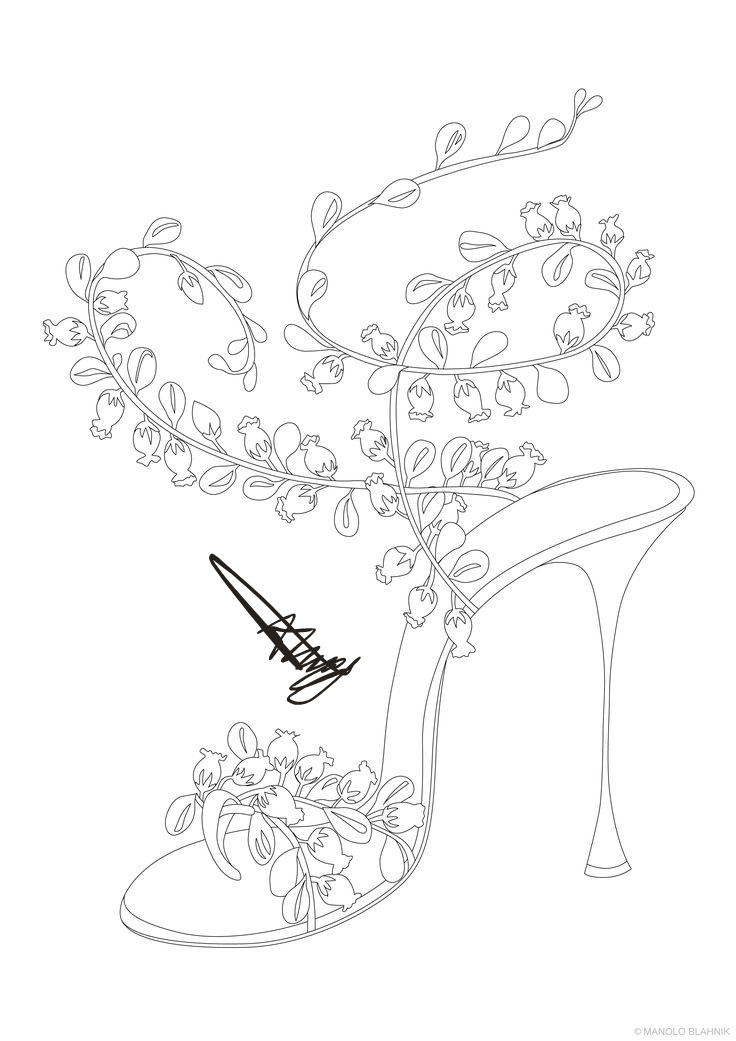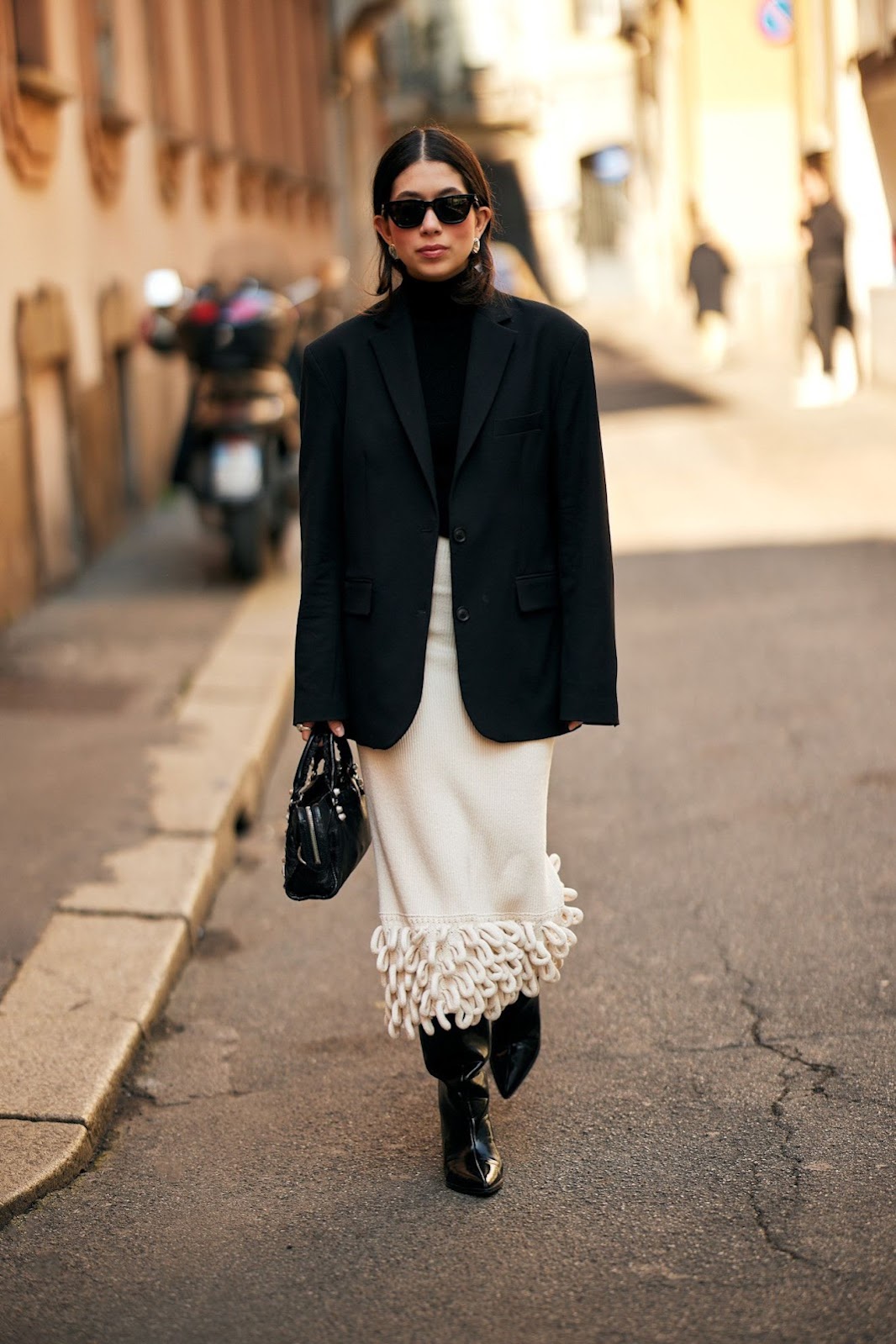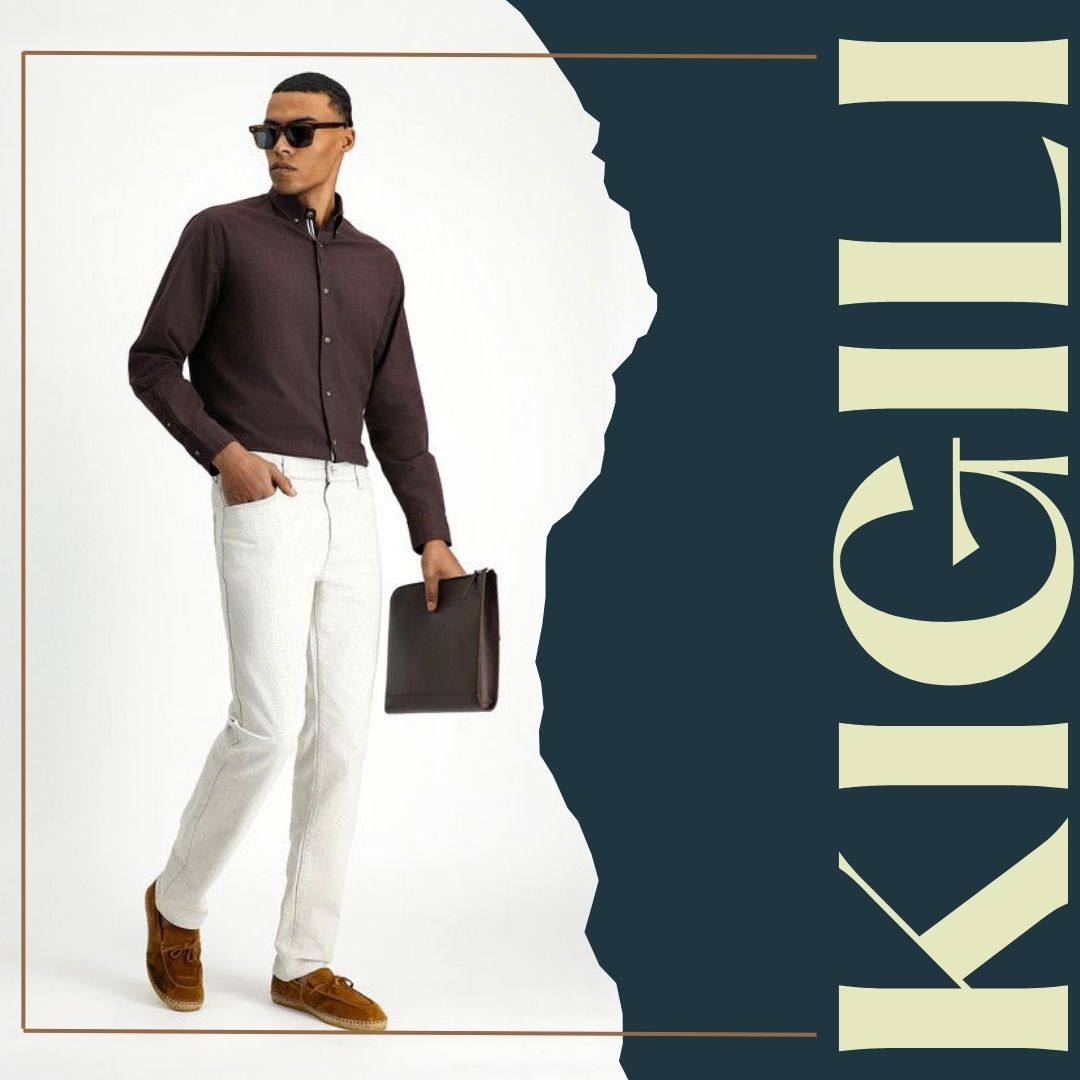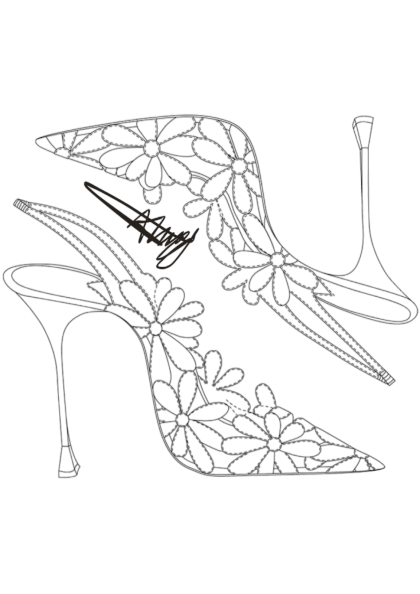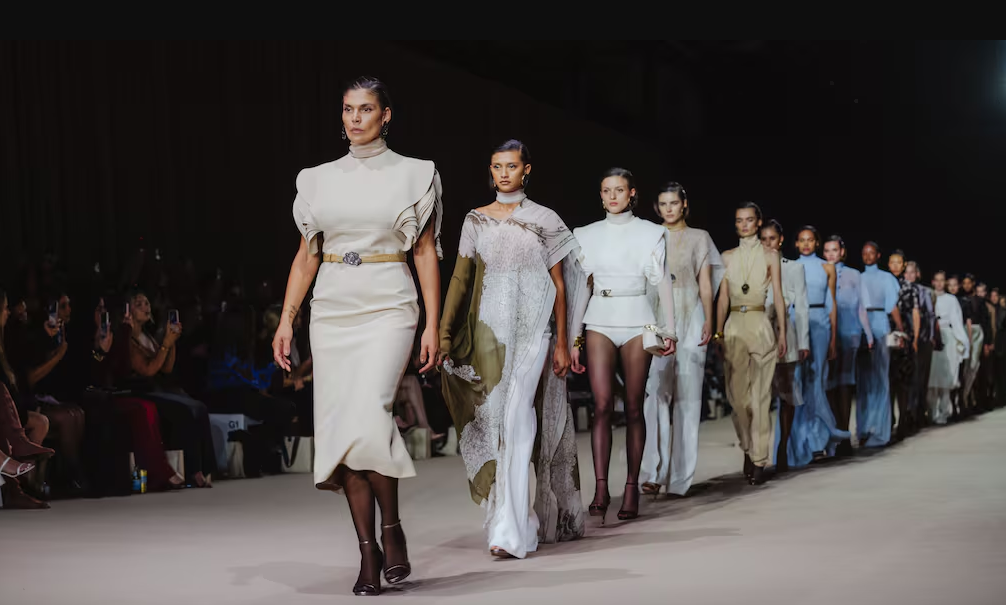Currently, American fashion legends are in complete flux due to the decline in global stock markets this week
Currently, American fashion legends are in complete flux due to the decline in global stock markets this week
This week, global stock markets reeled following news of a slowdown in the US job market in July.
On Monday, the Dow Jones Industrial Index as well as the S&P 500, two blue-chip indices, posted their worst daily loss in nearly two years; Japan’s Nikkei 225 tumbled 12 percent — its largest drop since the 1987 Black Monday crash.
By Friday, the fear had more or less subsided and the equity losses had largely recovered, but that didn’t stop economists from once again contemplating the likelihood of a recession this year. On Thursday, J.P.Morgan put the probability of a recession at 35 percent, up from a previous assessment of 25 percent, citing the slowdown in American job growth and the global stock sell-off.
The move followed a cue from Goldman Sachs, which on Sunday also raised its probability of a recession by 10 percentage points.
Indeed, there are some concerning signs for the economy, beyond the rising unemployment rate. More American shoppers have fallen behind on their credit card payments, resulting in a record high in collective debt: $1.14 trillion, according to a Tuesday report from the Federal Reserve Bank of New York.
The one bright spot, however, has been resilient consumer spending. US retail sales remained stable from May to June, Census data showed last month, and reflected a 2 percent increase from June 2023. A number of fashion companies, in fact, are holding strong or even posting growth in the face of external volatility.
Ralph Lauren, Revolve Group and VF Corp. all beat Wall Street estimates in their latest earnings results this week, though the latter saw sales drop by 8.6 percent as it continues to struggle with one of its key brands, Vans. Michael Kors-owner Capri Holdings posted less rosy results, missing on analyst projections with a 12 percent drop in revenue.
The uneven performance shows that while consumers are still buying fashion, they are judicious in how they are parting ways with their money. “The consumer has accrued debt, so we’re on shaky ground when it comes to consumer spending,” said Jessica Ramirez, senior retail analyst at Jane Hali & Associates.
Right now, shoppers are vulnerable to the wider economic conditions. Inflation has tempered since hitting a peak in 2022, but in recent months, prices have levelled. Even so, analysts are counting on the Federal Reserve to cut interest rates in September — by either a quarter percentage point or half — which will alleviate pressure on the consumer economy.
“The US economy is in an indecisive mood. Some indicators are pointing negative, but others remain robust,” Neil Saunders, managing director at GlobalData, told BoF in an email statement. “Consumers see this too, which is why sentiment has been very changeable.”
Recession or not, the strongest retailers in any challenged environment are able to convey a sense of value to shoppers — and that doesn’t just mean an off-price positioning.
“Some retailers, like Abercrombie & Fitch, are powering through all the economic noise because they have very good products that consumers want,” Saunders added. “Others, like Under Armour, are struggling because they have brand issues and consumers are happy to cut back. What is certain is that a more constrained economy will sharpen the contrast between the winners and losers.”

%20(1).png)
%20(1).png)





